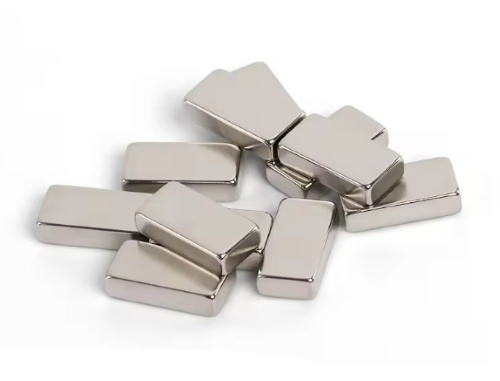
As the strongest permanent magnets, neodymium magnets may create hazards that are not seen with other types of magnets. Neodymium magnets larger than a few centimeters are strong enough to cause injuries to body parts pinched between two magnets, or a magnet and a metal surface, even causing broken bones. The greater force exerted by neodymium magnets can be hazardous to mechanical and electronic devices. Neodymium magnets (especially large neodymium magnets) should be handled carefully to avoid damage to the body and devices. (Please read the following article we cited from Ehow)
Pockets
Before handling magnets with a pulling force of more than a few pounds, first remove any metal items from your pockets, such as keys or pocket knives. Leave your wallet in a safe place, as neodymium magnets can erase data from credit cards. Also, set aside your cell phone or MP3 player. Coins are safe since they’re not strongly affected by magnetic fields.
PPE
Personal protective equipment (PPE), such as lab goggles, is a must for anyone within a few feet of a strong neodymium magnet. These will protect your eyes in case a magnet shatters. Also, consider wearing gloves to protect your fingers from metal objects forcibly drawn to the magnet.
Equipment
Neodymium magnets can erase data from computer hard drives and floppy disks, so keep computer equipment several feet away. Any other magnetic recordings, such as cassette tapes, are also vulnerable. Medical devices, such as pacemakers or hearing aids, will be attracted to the strong magnetic field. You may not be able to ship strong magnets by air or carry them with you on a flight, as they interfere with magnetic compasses.
Environment
When preparing a workbench or class demonstration using neodymium magnets, make sure you’re aware of all metal objects in the area. Ideally, use a wooden or plastic bench with no steel hardware. Keep the magnets in a safe area until you need them. Describe the magnet and possible hazards to those you’re working with.
Children
Small neodymium magnets, such as those you find at the hardware store, pose fewer hazards but keep them away from small children. Children who have swallowed two or more of these magnets have had their internal organs pinched by them, causing pain and requiring surgery. Toys with these magnets are designed with safeguards to minimize hazards, but check the toy’s box for any magnet-related warnings.
